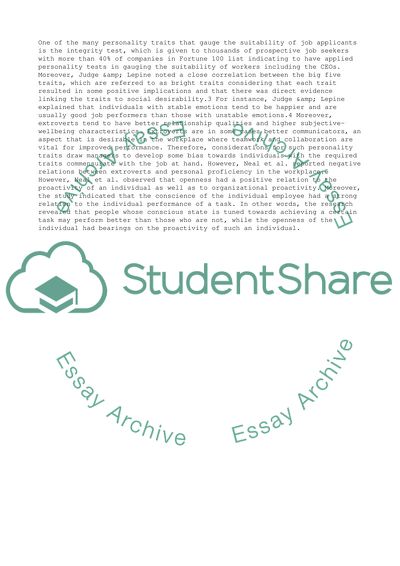Cite this document
(“Organizational Performance Essay Example | Topics and Well Written Essays - 2000 words”, n.d.)
Organizational Performance Essay Example | Topics and Well Written Essays - 2000 words. Retrieved from https://studentshare.org/management/1642957-management-essay
Organizational Performance Essay Example | Topics and Well Written Essays - 2000 words. Retrieved from https://studentshare.org/management/1642957-management-essay
(Organizational Performance Essay Example | Topics and Well Written Essays - 2000 Words)
Organizational Performance Essay Example | Topics and Well Written Essays - 2000 Words. https://studentshare.org/management/1642957-management-essay.
Organizational Performance Essay Example | Topics and Well Written Essays - 2000 Words. https://studentshare.org/management/1642957-management-essay.
“Organizational Performance Essay Example | Topics and Well Written Essays - 2000 Words”, n.d. https://studentshare.org/management/1642957-management-essay.


